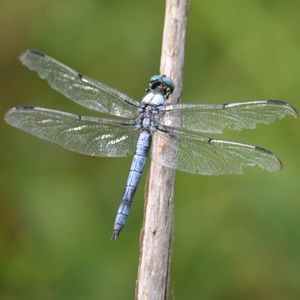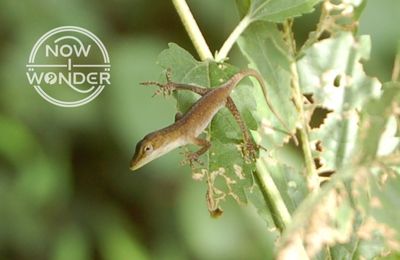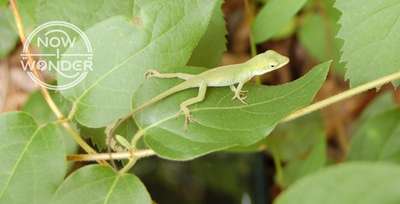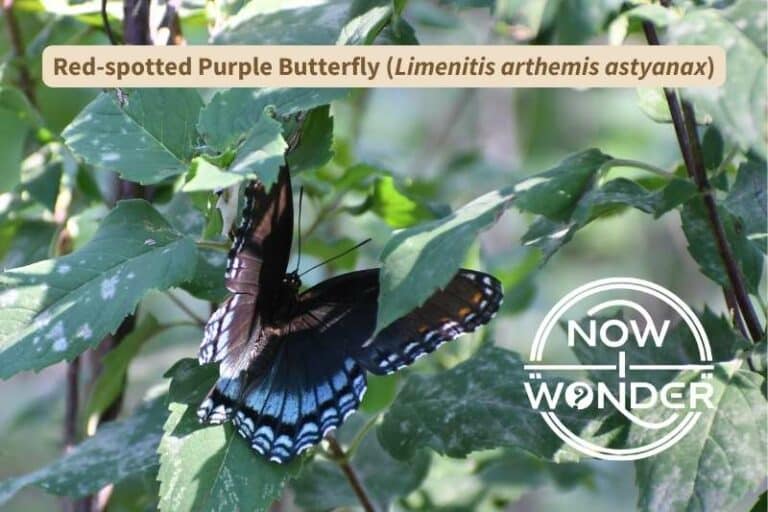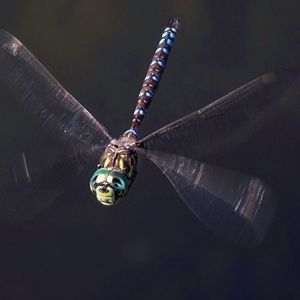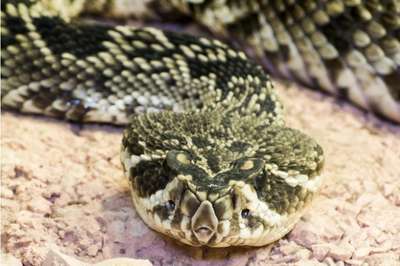Spiders are notorious predators of insects. In fact, the words “spider” and “insect” usually conjures a picture of an insect thrashing helplessly against a spider web while the web’s deadly eight-legged occupant tiptoes casually across the entangling strands to deliver the killing bite.
But have you ever wondered if insects ever turn the tables on spiders? Do insects ever eat spiders instead of the other way around?
Some species of insects prey on spiders, including certain species of flies, mantisflies, antlions, assassin bugs, tiger beetles, giant damselflies, and many species of wasps. Spiders are dangerous to insects; only a small number of insect species evolved abilities to attack spiders effectively.
Depending on the species, insects attack spiders from the air or from the ground and as larvae or adults. This post is the first in a two part series about insects that eat spiders and focuses on those species that attack from the air.
To learn about those insects that attack spiders from the ground, please check out this other Now I Wonder post “Do insects ever eat spiders? Part 2: Attacks from the ground”.
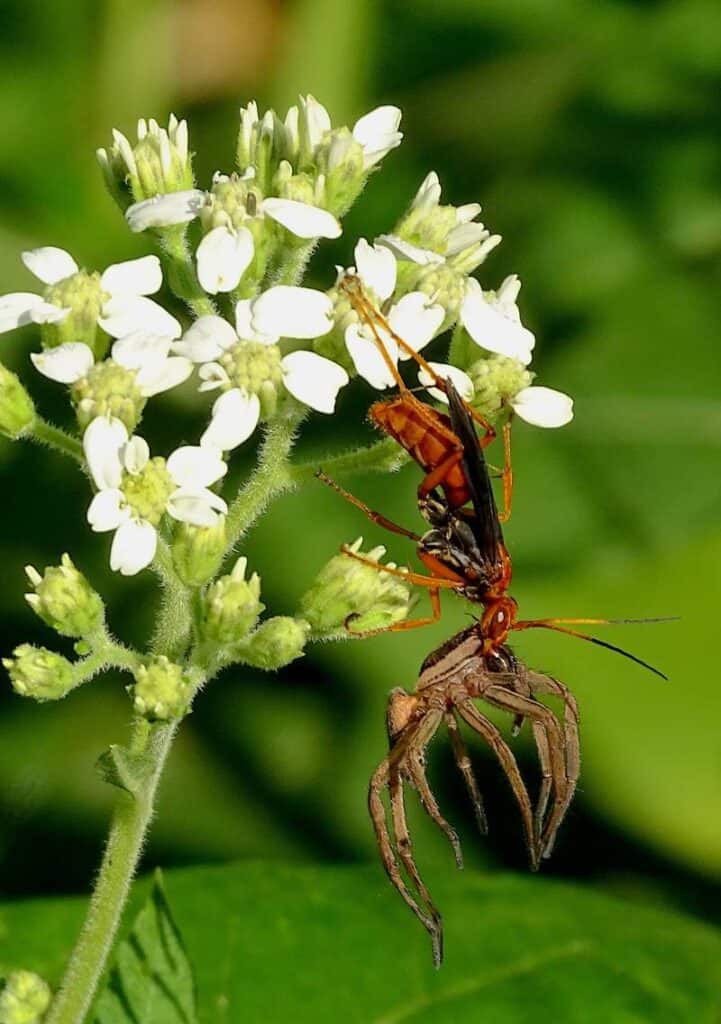
Advantage: Spider
Spiders are dangerous prey for an insect to tackle. All of the 49,000 spiders species known worldwide are predators and insects represent spiders’ favorite prey.
Spiders usually have good vision, both for movement and distance discrimination, so they are hard to surprise. Ground-based spiders can generally move very fast in any direction on their eight legs when fleeing, attacking, or pouncing from ambush. Web-based spiders are protected from most insects by their strong, sticky webs, across which they can travel easily but which trap insects.
Perhaps more importantly for insects that attack spiders, spiders are armed with sharp, venomous fangs, which evolved over millions of years as superb tools for killing insects.
Usually spiders kill insects, not the other way around.
Advantage: Insect
The insects discussed in this post leverage one of the most important adaptations in the history of evolution to successfully attack spiders – the ability to fly.
Nearly all insects can fly during at least one stage of their development but no spider can fly at any time. Despite the fact that spiders can be tremendously dangerous when facing an opponent, spiders are vulnerable to attacks from the air.
Flying insects can surprise them by attacking from within the spiders’ visual blind spots, leaving spiders very little time to either run away or spin and fight. Spiders also have limited three-dimensional ability. They can rear onto their hind legs and gain some slight elevation, but flying insects definitely hold the higher ground.
The following insects have found ways to beat spiders at their own game.
Spider wasps
Spider wasps belong to family Pompilidae in the wasp order Hymenoptera and are probably the most well-known flying enemy of spiders.
Adult spider wasps usually eat nectar or sweet fluids from fruit but still specialize in hunting spiders. The females are “idiobiont parasitoids”, which means they use immobilized spiders as food for their larvae, and the spider hosts are always killed in the end (Mills 2009).
After locating a likely spider host, a female wasp attacks it from above and curves her abdomen under to sting the spider on its soft underside. She paralyzes the spider by injecting venom through her stinger, then drags or carries the immobilized spider back to her nest, which is usually a tunnel dug into the ground. She lays an egg on top of or inside the spider, seals the entrance, and returns to the hunt.
After hatching, the wasp larva feeds on the still-living spider until it is ready to pupate and emerge as an adult.
While there are more than 800 named species of spider wasps in tropical America (Hanson 2016), none are found in the southeastern United States. Two species live in the western United States: blue-black spider wasps (Anoplius spp.) and the tarantula hawk (Hemipepsis spp.) (Milne and Milne 1980). Both grow 0.5-0.75 in (12-20 mm).
The blue-black spider wasp targets mostly wolf and funnel web weaver spider but sometimes attacks jumping spiders as well. Tarantula hawks attack desert tarantulas (Aphonopelma chalcodes), which are themselves the largest, heaviest spiders in the United States.
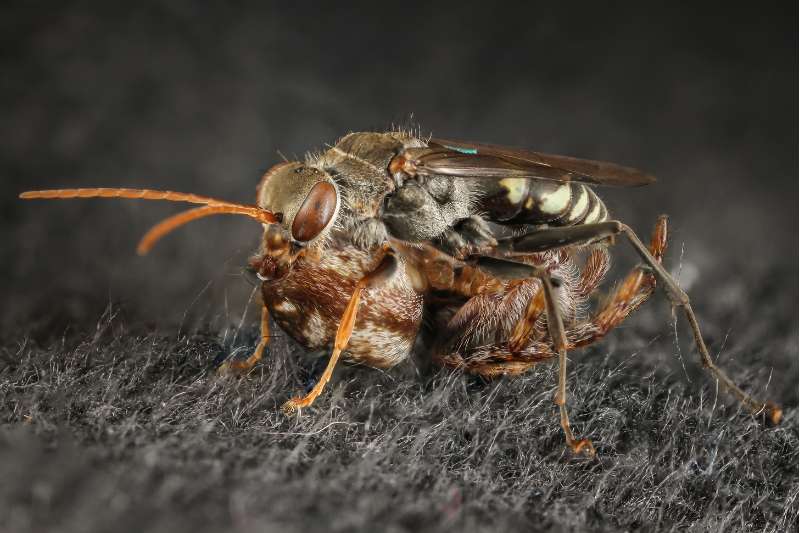
Sphecid wasps
Sphecid wasps are solitary hunting wasps classified within family Sphecidae and are also spider parasitoids with similar behavior and hunting techniques as spider wasps.
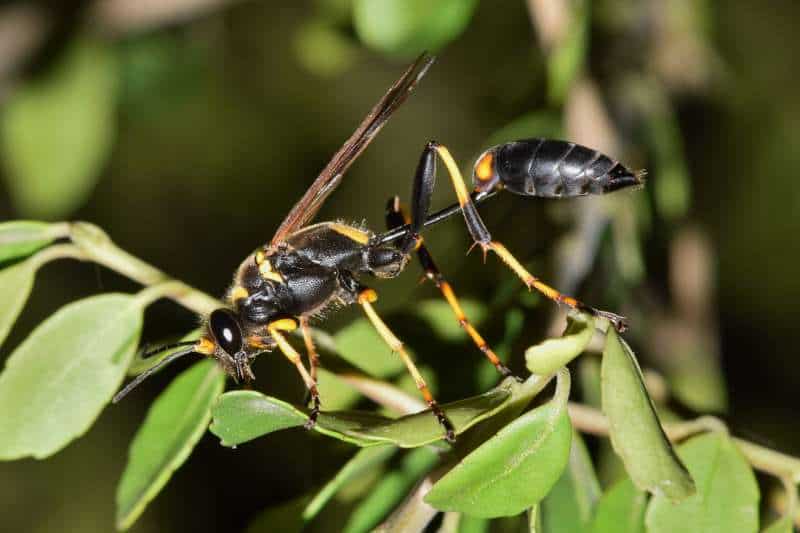
One species called the black and yellow mud dauber (Sceliphron caementarium) is found throughout the United States. These females built long, tubular nests out of mud using their mandibles. Each tube is made up of several to dozens of individual cells, packed end to end, each of which contain a paralyzed spider and a fertilized egg.
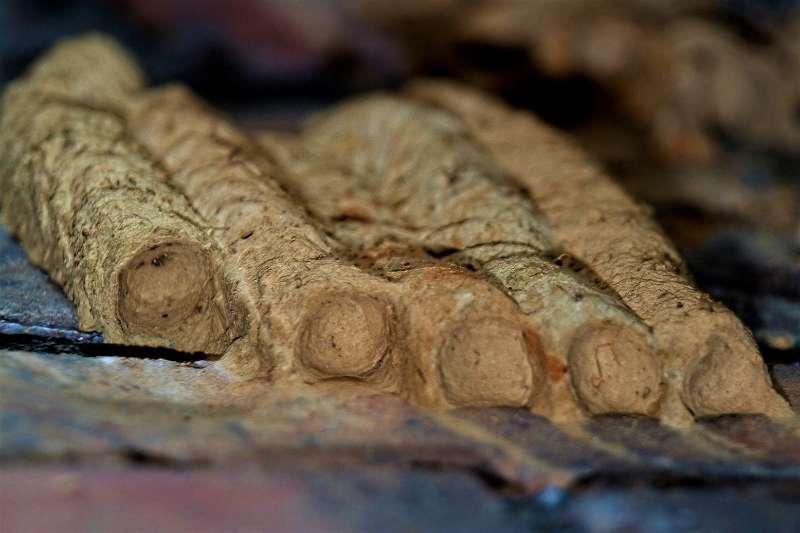
Ichneumonid wasps
A third kind of parasitoid wasp are ichneumonids, classified in subfamily Pimplinae. These insects also lay their eggs on spiders so that their larvae can feed on the spiders as they grow and develop. But in contrast to spider and specid wasps, ichneumonid wasps are “koinobiont parasitoids”, which means they don’t paralyze the spiders long term.
Instead, the spiders are allowed to move around and feed while being eaten alive. When the larvae are ready to pupate, they use a type of mind control to force the spiders to spin special cocoons for the larvae to pupate within (Hanson 2016). Once the cocoons are ready, the spiders are no longer needed and are killed by the developing wasps.
Robber Flies
Robber flies are a type of fly classified in order Diptera, family Asilidae, and kill and consume their spider victims directly instead of parasitizing them like parasitoid wasps.
These opportunistic predators are very strong fliers that usually attack flying insects but may also hunt stationary or ground-based prey like spiders. Robber flies grab prey with their legs, stab them with their long, sharp proboscises, and inject them with paralyzing saliva. The saliva also liquefies the preys’ inner tissues, allowing the flies to suck them dry.
These insects are such powerful predators that they regularly attack dangerous insects such as dragonflies as well as their fellow fly relatives, the deer and horse flies.
While robber flies can and do prey on spiders successfully, spiders aren’t commonly targeted for most species. Species within subfamily Leptogastrinae are known to attack spiders fairly often but spiders make up less than 1% of prey for robberflies in general, with jumping spiders (family Salticidae) and orb-weaver spiders (family Araneidae) being the most common choices (Dennis et al. 2012).

Giant damselflies
Giant damselflies are direct predators of web-building spiders. Also called helicopoter damselflies and forest giants, they are found only in tropical Central and South America; there are no species north of central Mexico. Giant damselflies are aptly named; one species, Megaloprepus caerulatus has a wingspan of 6.5in (16.5cm) and is the largest damselfly in the world (Henderson 2010).
All damselflies are powerful and agile fliers. Adult giant damselflies fly around until they find a suitable spider hanging suspended in its web. They fly in close enough to grab the spider with their forelegs while avoiding the entangling strands of web and then fly backwards to yank the spider right off its own web (Hanson 2016).
Conclusion
Spiders are formidable opponents; only a very few insects evolved to attack them and even these sometimes die in the attempts. For example, robber flies are sometimes bitten by spiders during attacks, resulting in mutual destruction.
However, insects are only one of two lines of animals in the world that evolved self-powered flight. The ability to fly has granted insects such as wasps, robber flies, and giant damselflies the means to hunt the hunters – a rare scenario in the natural world.
Related Now I Wonder Posts
For more information about the insects that attack spiders, check out this other Now I Wonder post “Do insects ever attack spiders? Part 2: Attacks from the ground.“
For more information about what makes a fly a “fly”, check out this other Now I Wonder post “Is a dragonfly a fly?“
For information about insects in general, check out these other Now I Wonder posts:
For more information about spiders, check out these other Now I Wonder posts:
- “What are wolf spiders?“
- “Jumping Spiders #1 – An Introduction“
- “Jumping Spiders #2 – A look at their incredible vision“
- “Jumping Spiders #3 – A detailed look at a special skill: Jumping“
- “Jumping Spiders #4 – As Predators“
- “Jumping Spiders #5 – As Prey“
For more information about a spider cousin, check out this other Now I Wonder post “What is a daddy long legs?“
Bibliography:
Dennis DS, Lavigne RJ, Dennis JG. 2012. Spiders (Araneae) as prey of robber flies (Diptera: Asilidae). J Entomol Res Soc. 14(1):65-76.
Hanson P. 2016. Insects and other arthropods of tropical America, Cornell University Press.
Henderson, CL. 2010. Butterflies, moths, and other invertebrates of Costa Rica : a field guide. Austin (TX): University of Texas Press.
Mills N. “Parasitoids.” In Encyclopedia of Insects, edited by Vincent H. Resh, and Ring T. Carde. 2nd ed. Elsevier Science & Technology, 2009.
Milne L, Milne M. 1980. National Audubon Society: field guide to insects & spiders of North America. New York (NY): Chanticleer Press, Inc.

